Winter workplace safety is often overlooked during the holidays even though this season brings a sharp rise in serious incidents. From hazards like increased stress/fatigue and slippery floors to overloaded electrical outlets and decoration fires, thousands of workers are at a higher risk for workplace injuries. Take action to prevent worker injuries with our six point seasonal safety checklist.
Full storyThe site navigation utilizes arrow, enter, escape, and space bar key commands. Left and right arrows move across top level links and expand / close menus in sub levels. Up and Down arrows will open main level menus and toggle through sub tier links. Enter and space open menus and escape closes them as well. Tab will move on to the next part of the site rather than go through menu items.
-
AED Program Checklist: Seven Steps to Ensuring Awareness

AED Program Checklist: Seven Steps to Ensuring Awareness
Use this checklist to quickly review the components of your workplace AED program. We recommend that you print it, place it in a visible and accessible location, and refer to it as needed.
Full story -
October is Sudden Cardiac Arrest (SCA) Awareness Month: Is Your Workplace Prepared to Treat Sudden Cardiac Arrest?

October is Sudden Cardiac Arrest (SCA) Awareness Month: Is Your Workplace Prepared to Treat Sudden Cardiac Arrest?
Every year, 10,000 cardiac arrests occur in the workplace according to OSHA. That’s almost 5 people per workhour. When someone suffers sudden cardiac arrest (SCA), they fall to the floor and need immediate life-saving support. Tragically, by the time EMS arrives, it can be too late. A victim’s best chance of survival is CPR and use of an AED as soon as possible. A robust AED program in your workplace can help ensure that if SCA occurs, your workplace is prepared.
Full story -
ASTM F496-24 Standard Changes: Knowing When to Retest Rubber Insulating Gloves for Sustaining Worker Safety, Compliance, and Savings

ASTM F496-24 Standard Changes: Knowing When to Retest Rubber Insulating Gloves for Sustaining Worker Safety, Compliance, and Savings
OSHA workplace rules make the use of rubber insulating equipment mandatory, in order to protect workers from electrical shock and arc flash hazards on the job, even when the smallest potential of contact with low or high voltage exists. Employees that work on electrically-energized circuits and equipment use their hands, making them the most susceptible part of the body to electrical shock. Rubber insulating gloves are the only protective gear designed for constant contact with, and protection from, energized conductors and equipment. However, no rubber insulating glove is safe forever. ASTM F496 Standard Specification for In-Service Care of Insulating Gloves and Sleeves require regular inspection and testing of in-service electrical protective equipment. Previously, section 7 of ASTM F496 was subject to interpretation and misunderstanding regarding the maximum test interval for either new gloves or in-service gloves. In 2024, the ASTM Committee F18 (Electrical Protective Equipment for Workers) addressed this issue with an update to the ASTM F496 standard clarifying the difference between new gloves (reference 7.1.1) and gloves previously put into service (reference 7.1.2).
Full story -
Finding the Right Balance Between Protection, Performance, and Comfort
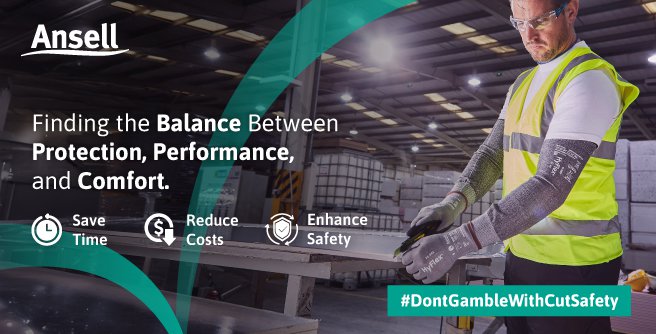
Finding the Right Balance Between Protection, Performance, and Comfort
There’s more to picking out the right cut-resistant glove than just choosing the one with the highest cut protection. Different jobs require certain types of protection, and too much protection can hinder performance. It’s important to understand the cut protection classifications to determine which glove is right for each task. Ansell’s Hyflex® Ultra-Lightweight Portfolio makes it easy, offering a perfect blend of protection, performance, and comfort.
Full story -
Five Summer Safety Tips for Utility Workers That Could Save Lives
.png?sfvrsn=0)
Five Summer Safety Tips for Utility Workers That Could Save Lives
Utility workers face dangerous work every day, and especially during the summer months with the outdoor elements presenting additional workplace hazards that can lead to an increase in accidents, injuries, and illnesses. Whether it’s heat stress, prolonged sun and UV ray exposure, storm-related weather, low visibility, slips, trips, and falls, or falling debris, these five expert-approved tips help beat the heat on the lines this summer and keep utility workers safe and productive.
Full story -
Electrolytes: What Are They and Why They Matter for On-The-Job Hydration

Electrolytes: What Are They and Why They Matter for On-The-Job Hydration
Electrolytes power your body’s natural processes. We’ve all heard nutritionists, coaches, and athletes spread the word that electrolytes are important when working out and replenishing fluids. But they don’t always take the time to go over exactly what they are and why they’re important. Well, we don’t want to keep you in the dark, especially about something that’s essential to your health. So, here’s a primer on electrolytes and why you need to keep them in mind throughout the workday.
Full story -
The ABCs of How to Properly Care for Rubber Insulating Goods for Continued Safety, Usage, Compliance, and Cost Savings
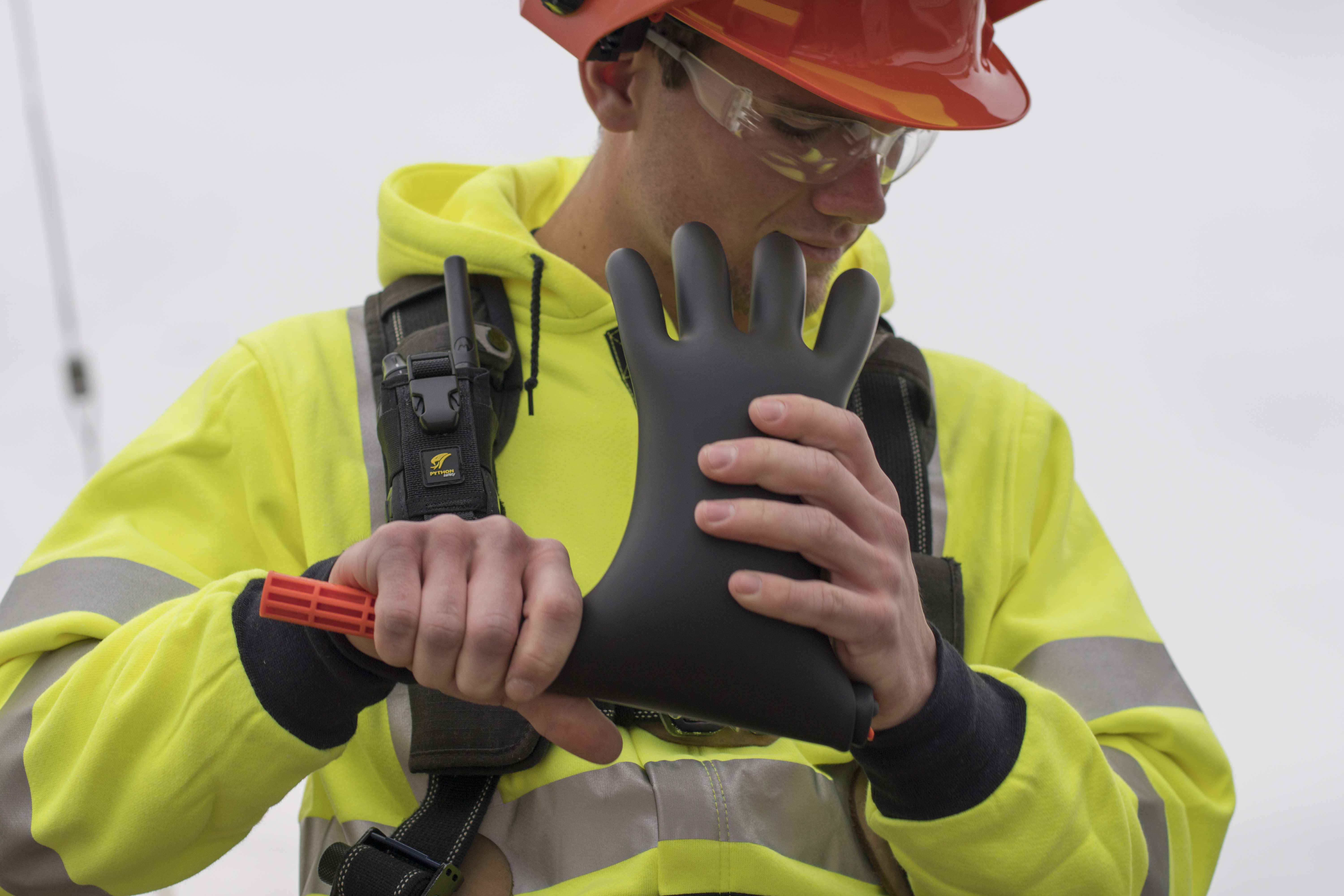
The ABCs of How to Properly Care for Rubber Insulating Goods for Continued Safety, Usage, Compliance, and Cost Savings
May is National Electrical Safety Month (NESM). As a leading manufacturer and distributor of rubber insulating products, arc flash safety clothing and kits, and the largest NAIL4PET-Accredited Test Lab, Saf-T-Gard is dedicated to serving industries where worker safety and protection from electrical current are critically important. This blog examines procedures that can help protect workers from on-the-job electrocutions and electrical injuries and prevent lost time, legal liability, increased insurance premiums, citations, penalties, and hefty fines as well as unnecessary spending.
Full story -
Exploring the Hazards of Welding and Some Helpful PPE Choices You Can Make
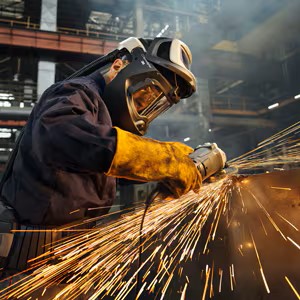
Exploring the Hazards of Welding and Some Helpful PPE Choices You Can Make
April is National Welding Month. Learn more about what PPE and other measures that can be taken to protect those who engage in important welding and grinding applications.
Full story -
Wrap Your Head around the New ANSI/ISEA 100-2024 Bump Cap Standard to Learn How it Paves the Way for Future Head Protection Innovation

Wrap Your Head around the New ANSI/ISEA 100-2024 Bump Cap Standard to Learn How it Paves the Way for Future Head Protection Innovation
The International Safety Equipment Association (ISEA), in conjunction with industry stakeholders, has introduced ANSI/ISEA 100-2024, a new industry standard aimed at improving head protection for workers in low-impact environments. Learn how this voluntary consensus standard has outlined performance requirements for industrial bump caps and bump cap inserts, ensuring they meet specific safety benchmarks for workplace use.
Full story -
ASTM F496-24 Standard Changes: Knowing When to Retest Rubber Insulating Gloves
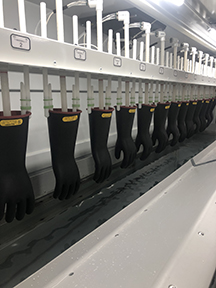
ASTM F496-24 Standard Changes: Knowing When to Retest Rubber Insulating Gloves
No rubber insulating gloves are safe forever. It is (and has been) common practice for rubber insulating gloves to be inspected daily before use and periodically retested at an electrical testing facility. ASTM F496 Standard Specification for In-Service Care of Insulating Gloves and Sleeves has provided guidance. Previously, section 7 of ASTM F496 was subject to interpretation and misunderstanding regarding the maximum test interval for either new gloves or in-service gloves. In 2024, the ASTM Committee F18 (Electrical Protective Equipment for Workers) addressed this issue with an update to the ASTM F496 standard clarifying the difference between new gloves (reference 7.1.1) and gloves previously put into service (reference 7.1.2).
Full story -
Understanding the Changes to New ANSI/ISEA 105-2024 Standard

Understanding the Changes to New ANSI/ISEA 105-2024 Standard
ANSI/ISEA has released a new edition of the ANSI/ISEA 105 standard (2024 ed.). The changes include a new standardized marking to help both distributors and end-users better identify the critical protection and performance levels of a work glove.
Full story -
Breaking Down OSHA’s Newly Issued Arc Flash Hazard Guidance and What it Means for You
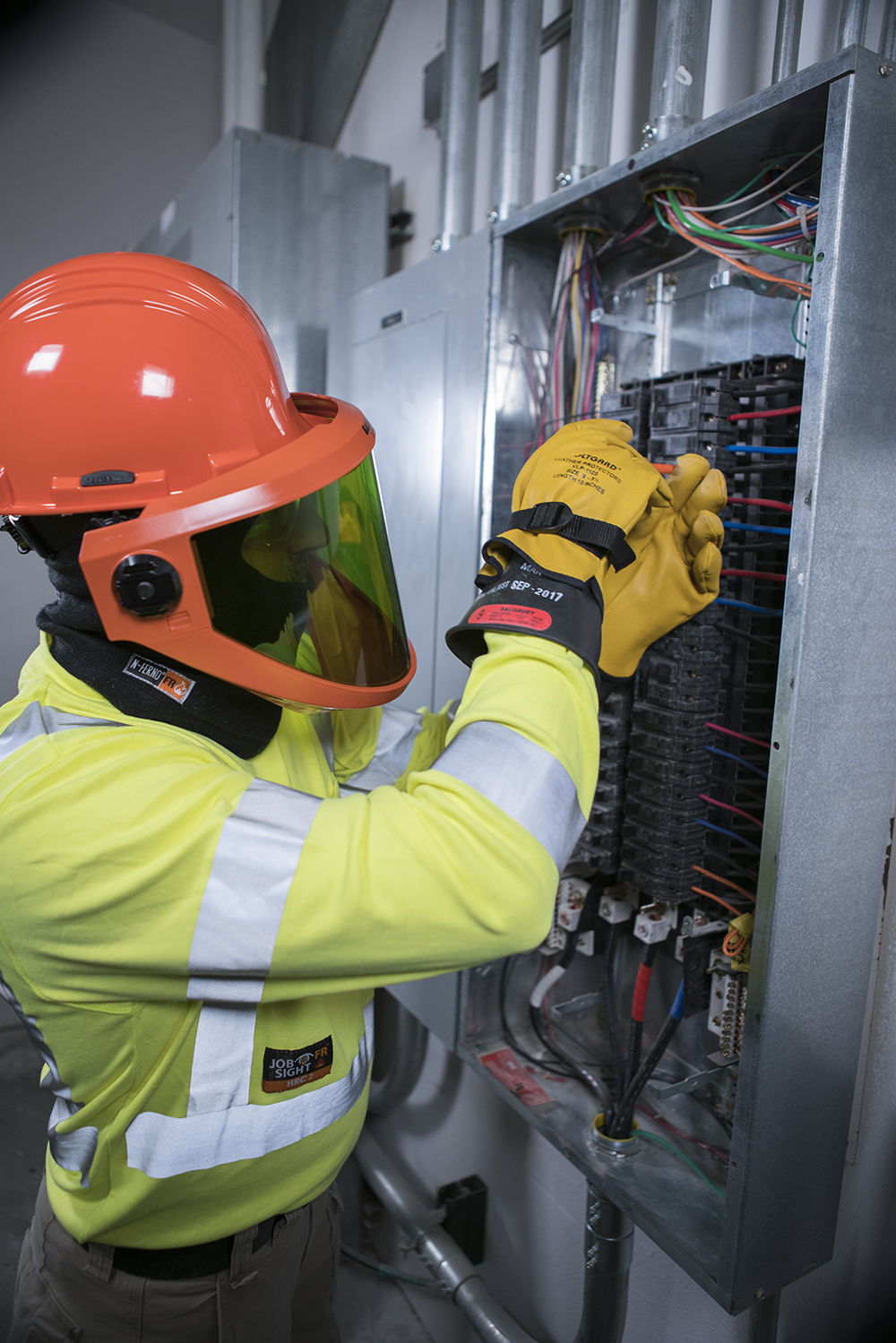
Breaking Down OSHA’s Newly Issued Arc Flash Hazard Guidance and What it Means for You
For the first time in almost 20 years, OSHA has issued a new release to employers and employees regarding their approach to electrical safety. This guidance is designed to better protect commercial, industrial, and residential electricians from arc flash hazards and consists of four parts while emphasizing the underutilization of personal protective equipment (PPE) to provide Americans working on energized electrical equipment the proper protection from electrical arc hazards.
Full story -
The Psychology Behind Effective Food Safety Culture

The Psychology Behind Effective Food Safety Culture
While our general choices in appearance are made to influence how others see us, studies show that what we wear also influences our cognitive behavior. A Northwestern study by Hajo Adam and Adam Galinsky explored how people react psychologically to wearing certain articles of clothing and determined that worker performance is influenced by how they associate with what they wear. That being said, how do food workers associate with their PPE?
Full story -
Protecting EV Technicians: The Crucial Role of Electrical Hazard PPE

Protecting EV Technicians: The Crucial Role of Electrical Hazard PPE
Understand the vital PPE requirements for ensuring safety of technicians in the fast-growing electric vehicle sector and stay protected with Enespro.
Full story -
Essential Elements of Respirator Selection
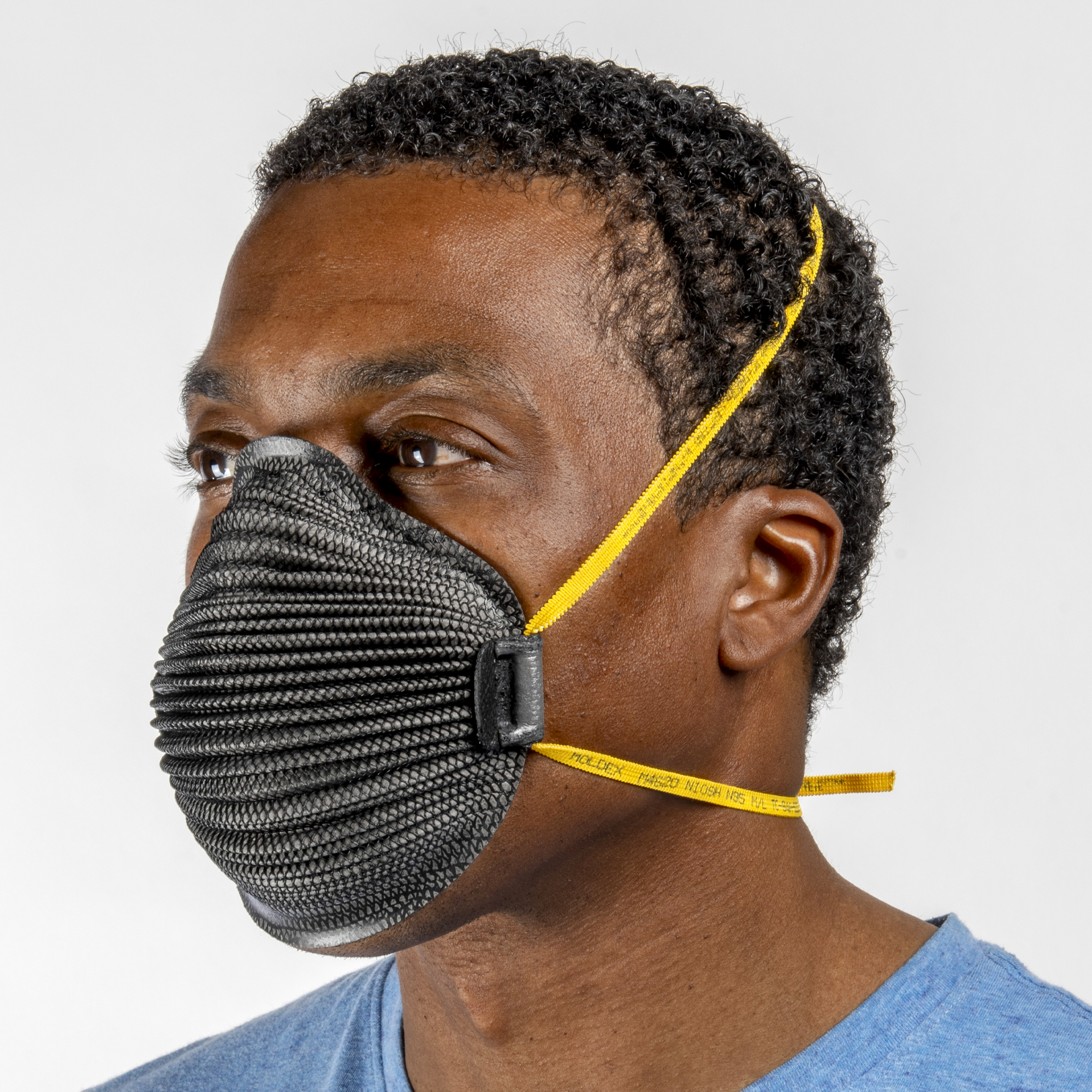
Essential Elements of Respirator Selection
Millions of workers across the U.S. reply on respiratory protection to keep them safe on the job. OSHA 29 CFR 1910.134 requires employers to establish and maintain a written respiratory program to protect their employees who wear respirators. Additionally, the proper selection of respirators must be made according to the guidance of ANSI Z88.2. This blog article outlines and simplifies the steps to selecting the right equipment.
Full story -
The Latest in Dropped Objects Prevention: ANSI/ISEA 121-2023 Standard Update is Released
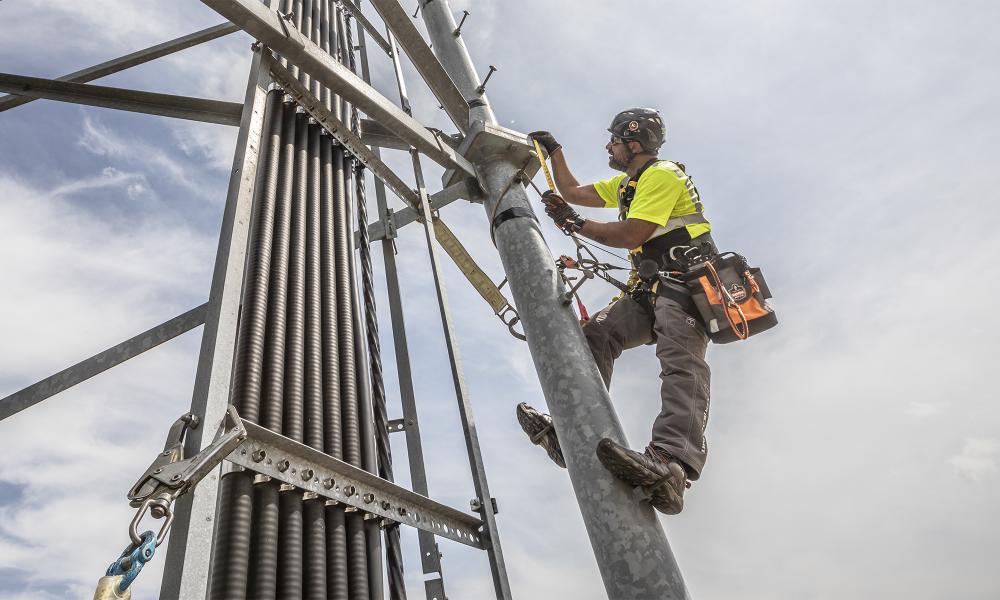
The Latest in Dropped Objects Prevention: ANSI/ISEA 121-2023 Standard Update is Released
Ensure your team's safety with the latest standard in dropped object prevention. This essential standard helps keep everyone protected and promotes a safer workplace culture. Stay ahead in the industry by staying compliant and safeguarding your workplace.
Full story -
Key Considerations When Selecting PPE For Warm Weather

Key Considerations When Selecting PPE For Warm Weather
Honeywell is focusing on making PPE as lightweight and breathable as possible, to increase comfort for the wearer and compliance level on job sites during the summer months. Read our expert’s recommendations for employers looking into PPE for warmer weather for their crews. As the hot days of summer months bear down, finding the right Personal Protective Equipment (PPE) for your workers goes a long way in ensuring their safety, good health, and comfort.
Full story -
How Choosing the Right Eye Protection Can Help Workers Achieve Comfort and Compliance

How Choosing the Right Eye Protection Can Help Workers Achieve Comfort and Compliance
See more about how different types of protective eyewear models can not only help protect workers but may also increase the comfort level.
Full story -
What is the Wear Life of Electrical PPE?
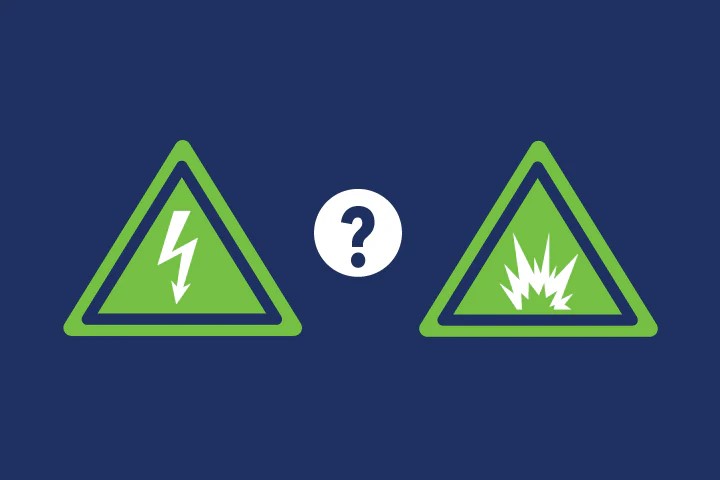
What is the Wear Life of Electrical PPE?
When it comes to electrical safety PPE, you need to know if the hazard they’re asking about is electrical shock, arc flash or both. If it’s related to shock, the tests required by the standards will help answer most of the questions for you. Arc flash is not as cut-and-dried and, although the standards provide some guidance, safety professionals typically must use their best judgement. There are also two distinctly different categories this question falls into. One is related to safety and the other involves the financial impact.
Full story













